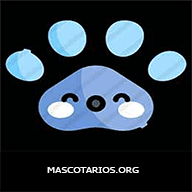Content |
|---|
History
Little is known about the origins of Welsh Springer Spaniel, but it is considered a very old breed, whose ancestors date back to Roman Britain. Renaissance tapestries show spaniels that look a lot like today's Welsh Springer; similar red and white Spaniels appear in some 18th century portraits. In the 19th century, dogs were little known, except in the Neath Valley region, in south wales.
The preponderance of dog shows at the end of the 19th century led to a renewed interest in the breed, who made his appearance at the first Kennel Club show, held in 1873. It was judged alongside the black and white Spaniel and the Welsh Springer Spaniel white. With the time, the two races parted.
For a long time he was mistaken for the English Cocker Spaniel and was not recognized until 1902.
It is an ancient race of pure origin, which was used for a time as a herding dog. Thanks to its enormous adaptability, the Welsh Springer Spaniel It is also an excellent companion dog..
The American Kennel Club recognized the Welsh Springer in 1906, but few people were interested in race. At the end of the Second World War, practically non-existent in the United States, until they were imported 11 copies in 1949. A dozen years later, the Welsh Springer Spaniel Club of America was founded. In the news, the Welsh Springer Spaniel still a well kept secret, since it occupies the position 127 between breeds registered by the AKC, in front of 113 a decade.
Photo: Welsh Springer Spaniel, Pozlovice by Pavel Ševela, CC BY-SA 3.0, via Wikimedia Commons
Physical characteristics
The Welsh Springer Spaniel differs from his cousin, the English Springer Spaniel, by a flowing red and white coat, a somewhat more relaxed personality and a slightly smaller size that ranges between 15 and 20 Kg.
With its moderate size, can be a good option for households with children: the Welsh Springer Spaniel not big enough to accidentally harm little ones, and he's not small enough to risk being hurt by overly enthusiastic kids.
▷ Male size: 45 – 48 cm.
▷ female size: 43 – 47 cm.
▷ Male weight: 15 – 20 kg
▷ female weight: 16 – 20 kg
Character and skills
The Welsh Springer Spaniel is loving, Intelligent, quick to learn and usually good at remembering what you have learned. Compared to many other Spaniels, he is protector of his family and his property, and prone to barking at anything that catches his eye. The Welsh Springer Spaniel can become very attached to his people, but a second dog can help you give an additional outlet to your affection.
But, with strangers, tends to be a reserved dog. Does not tend to be shy or unfriendly, but it takes time to get comfortable with new people. Children and other pets see your friendly side, especially when raised with them. But keep in mind that a Welsh Springer Spaniel boisterous may unintentionally knock over a young child, so always supervise play with young children.
In the countryside, the Welsh Springer Spaniel he is a great worker able to function in any terrain, and is more than happy to be outdoors all day, always staying close to his hunter. Its olfactory ability is excellent and it can hunt any type of game. If you live with a non-hunter family, two or three long walks a day will also satisfy your exercise needs.
Regarding training, opt for accolades, not by force. Although it may be stubborn, the Welsh Springer Spaniel responds well to constant training and rewards. Plan to start training your puppy the day you bring him home.. It is able to absorb everything you teach it even at seven to eight weeks of age.. One Welsh Springer Spaniel young man will test him to see what he can do, so try to take him to puppy kindergarten class when he has 12 weeks, and socializes, socialice, socialice. But, note that many puppy training classes require that certain vaccinations (such as kennel cough) stay up to date, and many veterinarians recommend limiting exposure to other dogs and public places until puppy vaccinations are complete (including rabies, distemper and parvovirus). Instead of formal training, you can start house training your puppy and socialize with family and friends until puppy vaccinations are completed.
Health
The Welsh Springer Spaniel are predisposed to some diseases, such as hip and elbow dysplasia, hypothyroidism and eye diseases such as entropion, glaucoma, progressive retinal atrophy and inherited cataracts.
Not all of these diseases are detectable in a growing puppy, and it can be difficult to predict whether an animal will be free of these maladies, so you should find a trusted breeder who is committed to raising the healthiest animals possible. You should be able to produce an independent certificate that the dog's parents (and grandparents, etc.) have been screened for these defects and considered healthy for breeding. That's where health records come in..
Careful breeders screen their dogs for genetic diseases and breed only the best-looking dogs, but sometimes mother nature has other ideas and a puppy can develop one of these diseases. In most cases, can still have a good life, thanks to advances in veterinary medicine. And remember that you have the power to protect your Welsh Springer Spaniel one of the most common health problems: the obesity. Keeping it at a suitable weight is a simple way to extend the life of your pet.
12 to 15 years.
Grooming
The Welsh Springer Spaniel has a smooth, silky coat that needs to be brushed and combed at least twice a week - and every time he returns from hunting- to avoid entanglement. The best tools for this task are a bristle brush and a stainless steel comb.. Brush the fur on the paws, the body and ears with the brush to remove dead hairs and use the comb for the rest of the body. You should also ask your breeder to show you how to do detailed trimming with razor and scissors to achieve a neat look..
The rest is basic care: Trim nails as needed, usually every one to two weeks. And keep your ears clean and dry, especially if your Welsh Springer Spaniel is a swimmer. Brush teeth frequently with a vet-approved pet toothpaste for overall good health and fresh breath.
Characteristics "Welsh Springer Spaniel"
Coexistence is important that you have with your new friend. Before considering the acquisition of a dog of the breed "Welsh Springer Spaniel" you know certain factors. Not all breeds of dogs are apt to live in an apartment, you must take into account his character, their need for exercise, their interaction with other pets, their care and if you have small children, their level of tolerance towards them.
Adaptation ⓘ5.0 out of 5 stars (based on 1 review)
|
friendly dog ⓘ5.0 out of 5 stars (based on 1 review)
|
hair loss ⓘ3.0 out of 5 stars (based on 1 review)
|
|---|---|---|
Affection level ⓘ5.0 out of 5 stars (based on 1 review)
|
Need for exercise ⓘ5.0 out of 5 stars (based on 1 review)
|
Social need ⓘ3.0 out of 5 stars (based on 1 review)
|
Home ⓘ2.0 out of 5 stars (based on 1 review)
|
Toilet ⓘ3.0 out of 5 stars (based on 1 review)
|
Friendly with strangers ⓘ3.0 out of 5 stars (based on 1 review)
|
barking ⓘ3.0 out of 5 stars (based on 1 review)
|
Health ⓘ3.0 out of 5 stars (based on 1 review)
|
Territorial ⓘ2.0 out of 5 stars (based on 1 review)
|
Cat friendly ⓘ3.0 out of 5 stars (based on 1 review)
|
Intelligence ⓘ5.0 out of 5 stars (based on 1 review)
|
Versatility ⓘ3.0 out of 5 stars (based on 1 review)
|
Child friendly ⓘ5.0 out of 5 stars (based on 1 review)
|
Surveillance ⓘ4.0 out of 5 stars (based on 1 review)
|
joy ⓘ4.0 out of 5 stars (based on 1 review)
|
Images "Welsh Springer Spaniel"
Photos:
1 – Welsh Springer Spaniel by Siri, CC BY-SA 2.0, via Wikimedia Commons
2 – Our Welsh Springer Spaniel “One more time” (Sassa) from the Trigger kennel in Scania, Suecia by Local_Profile, CC BY-SA 3.0, via Wikimedia Commons
3 – Welsh Springer Spaniel by https://pixy.org/161994/
4 – Welsh Springer Spaniel, with 8 meses by echnoview
5 – Welsh Springer Spaniel by Siri Spjelkavik, CC BY-SA 2.0, via Wikimedia Commons
6 – Welsh Springer Spaniel by Wikipedia
Videos "Welsh Springer Spaniel"
Type and recognitions:
- FCI CLASSIFICATION: 126
- Group 8: Retrievers - Flushing Dogs - Water Dogs
- Section 2: Flushing Dogs. With proof of work..
Federations:
- – FCI – Group 8: Retrievers - Flushing Dogs - Water Dogs – Section 2: Retrievers ⓘ
- – AKC – Sporting ⓘ
- – ANKC – Group 3 (Gundogs) ⓘ
- – CKC – Sporting Dogs ⓘ
- – KC – Gundog ⓘ
- – NZKC – Gundog ⓘ
- – UKC – Gun Dogs ⓘ
FCI breed standard "Welsh Springer Spaniel"
Alternative names:
1. Welsh Springer, Welsh Starter, Welshie (English).
2. Springer Gallois (French).
3. Welsh Springer Spaniel (German).
4. (em inglês: Welsh Springer Spaniel) (Portuguese).
5. Springer Galés (español).
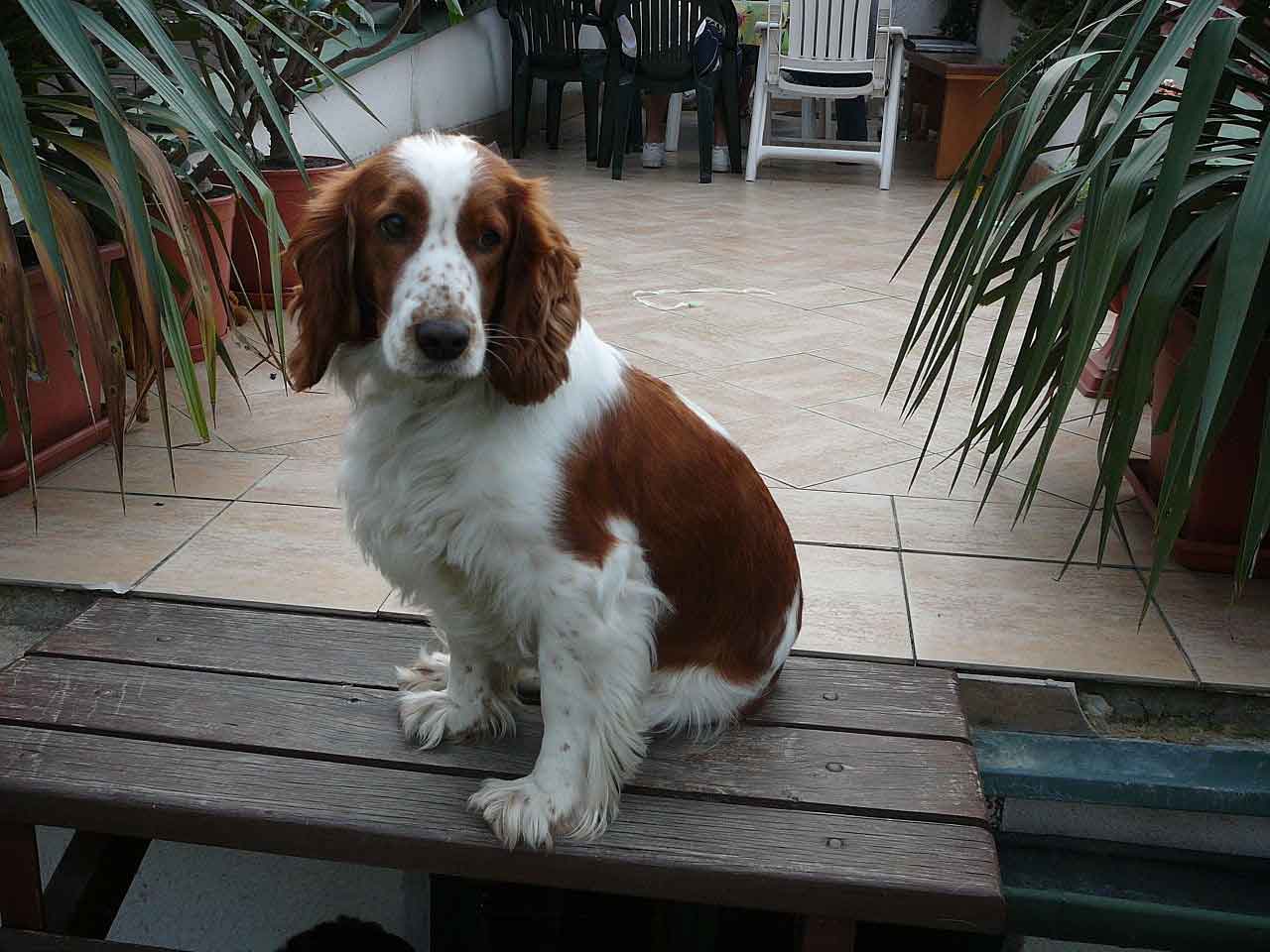

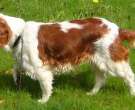

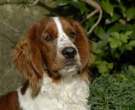
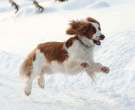
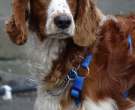
 Welsh Springer Spaniel – AKC Dog Breed Series
Welsh Springer Spaniel – AKC Dog Breed Series Spaniels (Welsh Springer) | Breed Judging 2020
Spaniels (Welsh Springer) | Breed Judging 2020 Welsh Springer Spaniel – Top 10 Facts
Welsh Springer Spaniel – Top 10 Facts springer spaniel hunting
springer spaniel hunting